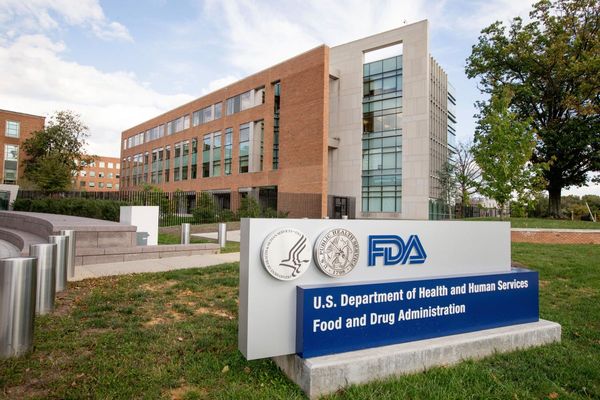
NASA had quite the 2022, and it appears to be starting 2023 with equal momentum and excitement.
Keen sky observers and space enthusiasts may recall the launch of NASA's Artemis 1, which was the space agency's first lunar mission in decades. The mission was delayed several times: it suffered two launch failures and other delays due to difficult September weather patterns and scheduling issues.
When it finally did achieve liftoff in late November, Artemis 1 accomplished its two main goals in 25 days: testing the Orion spacecraft's heat capabilities and reestablishing protocol and exploration techniques for future exploration of the moon and Mars.
The launch was a feat of engineering and patience. And it wouldn't have been made possible without Boeing, which manufactured many parts for the mission.
No surprise, then, that NASA and Boeing (BA) have plans to team up for a more earthly endeavor in the years ahead.
NASA And Boeing Have Been Partners for Years
Boeing has been servicing NASA's various endeavors for as long as the Arlington, VA-based company has been around. Which isn't surprising, considering the first "A" in NASA stands for Aeronautics. NASA is often tasked with solving the biggest questions about air travel, and while a large government budget certainly helps, a private industry partnership could only expedite the solution.
The Boeing-NASA Artemis 1 partnership cost nearly $3.2 billion and took years of planning. It has another contract worth $4.39 billion to bring several astronauts to the International Space Station (ISS) by the year 2030.
It helps that the U.S. population seems to be behind the partnerships, too.
"In Defense and Space, we see solid long-term markets, both domestically and internationally," Boeing CFO Brian West said during the Q3 earnings call. "In the U.S., there's broad support for increased defense spending in Congress to meet current challenges."
NASA's Newest Partnership Focuses on Civilian Problems
While air travel may be experiencing a resurgence in a post-pandemic world, the airplanes that fly all of us around are a bit ... outdated.
If you've flown recently, you may have noticed that your jet seemed a little tired. The average planes flown by Southwest, for example, are up to 18 years old. That's a lot of miles for something that hurdles through the air at 600 mph.
These older planes also tend to guzzle fuel. An average Boeing 737 uses 5,000 pounds (750 gallons) per hour of flight time.
Which is exactly why NASA and Boeing created the Sustainable Flight Demonstrator project, which aims to create new, more fuel-efficient commercial airlines in use by the 2030s. NASA will give Boeing $425 million, as well as access to resources, top of the line industry know-how, engineers, and facilities, funded by the Space Act Agreement.
The new planes will use 30% less fuel and hopes to help airlines achieve net-zero emissions by 2050.
"Single-aisle aircraft are the workhorse of many airline fleets, and due to their heavy usage, account for nearly half of worldwide aviation emissions. NASA plans to complete testing for the project by the late 2020s, so that technologies and designs demonstrated by the project can inform industry decisions about the next generation of single-aisle aircraft that could enter into service in the 2030s," a press release by NASA said.







